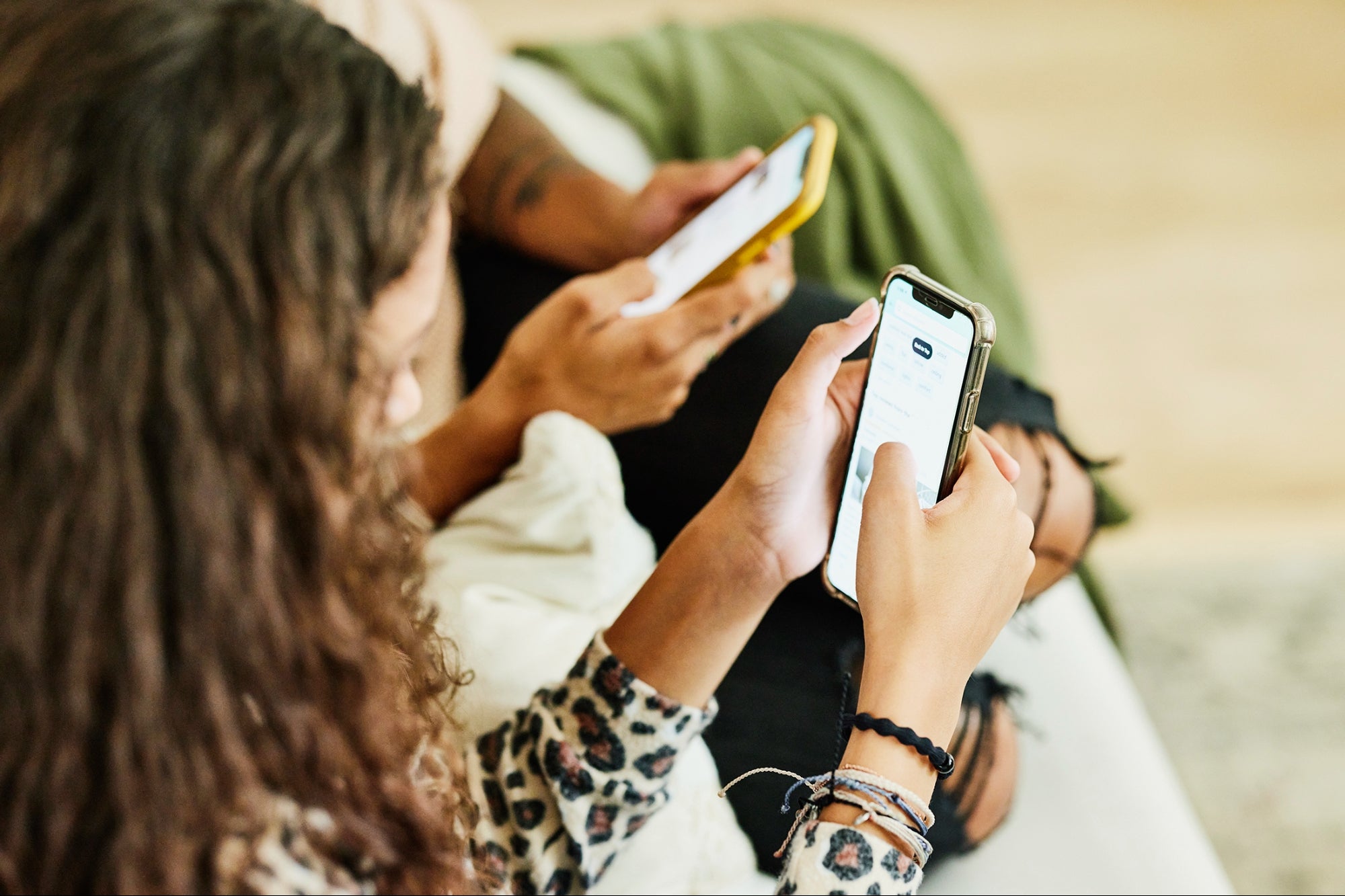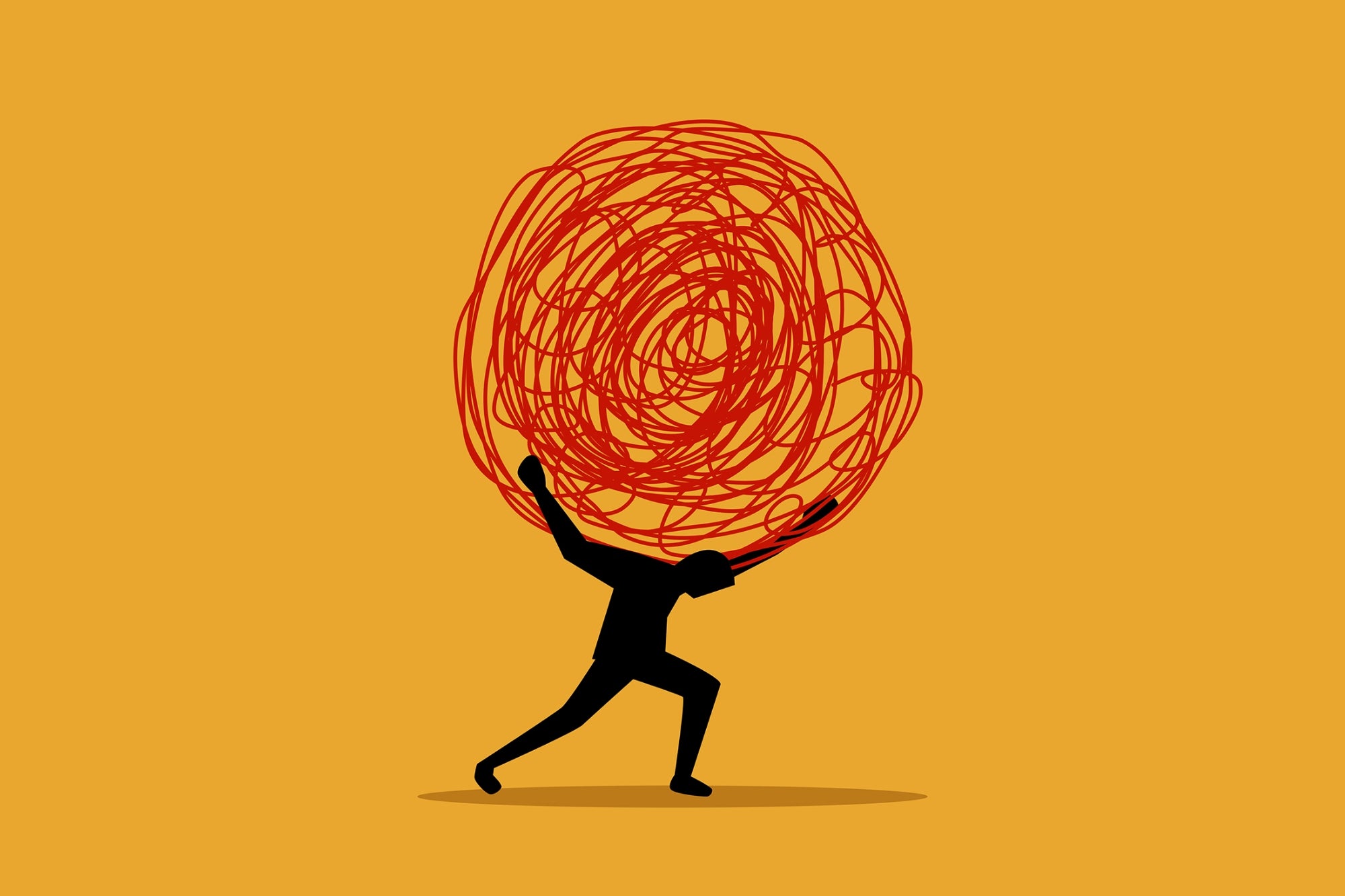How to Design Your Business Logo Your logo is the foundation for all your promotional materials, so this is one area where it pays to take the time to get it right.

Before you start designing a business card or picking colors for your letterhead, you need a logo. Featuring your company name, embellished with a little color and perhaps a few graphic touches here and there, your logo is the most important design element because it is the basis for all your other materials: stationery, packaging, promotional materials and signage.
Through the use of color and graphics, your logo should reflect the overall image you want your company to convey, advises Interbrand, a brand identity and marketing company. It should give people a feel for what your company is all about.
For example, say your product is an organic facial cream you will be marketing to health-conscious consumers. Your logo should represent your product's best benefits -- being all-natural and environmentally sound. Creating a simple, no-nonsense logo using earth tones and a plain typeface will give the impression of a product that is "back to basics," which is exactly what you want to achieve. Take that same product and give it a slick, high-tech look with neon colors, however, and people won't associate your logo with the down-to-earth product you're selling.
Logos come in two basic forms: abstract symbols (like the apple in Apple Inc.) or logotypes, a stylized rendition of your company's name. You can also use a combination of both. Alan Siegel, chairman of Siegel+Gale, a design firm specializing in corporate identity, warns that promoting an abstract symbol can prove very costly for a small business on a budget. In addition, he says, such logos are harder to remember. "A logotype or word mark is much easier to recall," says Siegel. "If you use an abstract symbol, always use it in connection with your business name."
Trying to create a logo on your own may seem like the best way to avoid the high costs of going to a professional design firm, which will charge thousands for a logo alone. However, be aware that there are a lot of independent designers, including many who advertise online, who charge much less. According to Stan Evenson, founder of Evenson Design Group, "BIZ Experiencess on a tight budget should shop around for a designer. There are a lot of freelance designers who charge rates ranging from $35 to $150 per hour, based on their experience. But don't hire someone because of their bargain price. Find a designer who's familiar with your field . . . and your competition. If the cost still seems exorbitant, remember that a good logo should last at least ten years. If you look at the amortization of that cost over a ten-year period, it doesn't seem so bad."
Even if you have a good eye for color and a sense of what you want your logo to look like, you should still consult a professional designer. Why? They know whether or not a logo design will transfer easily into that can't be transferred or would cost too much to be printed. Your logo is the foundation for all your promotional materials, so this is one area where spending a little more now really pays off later.











